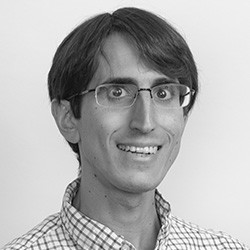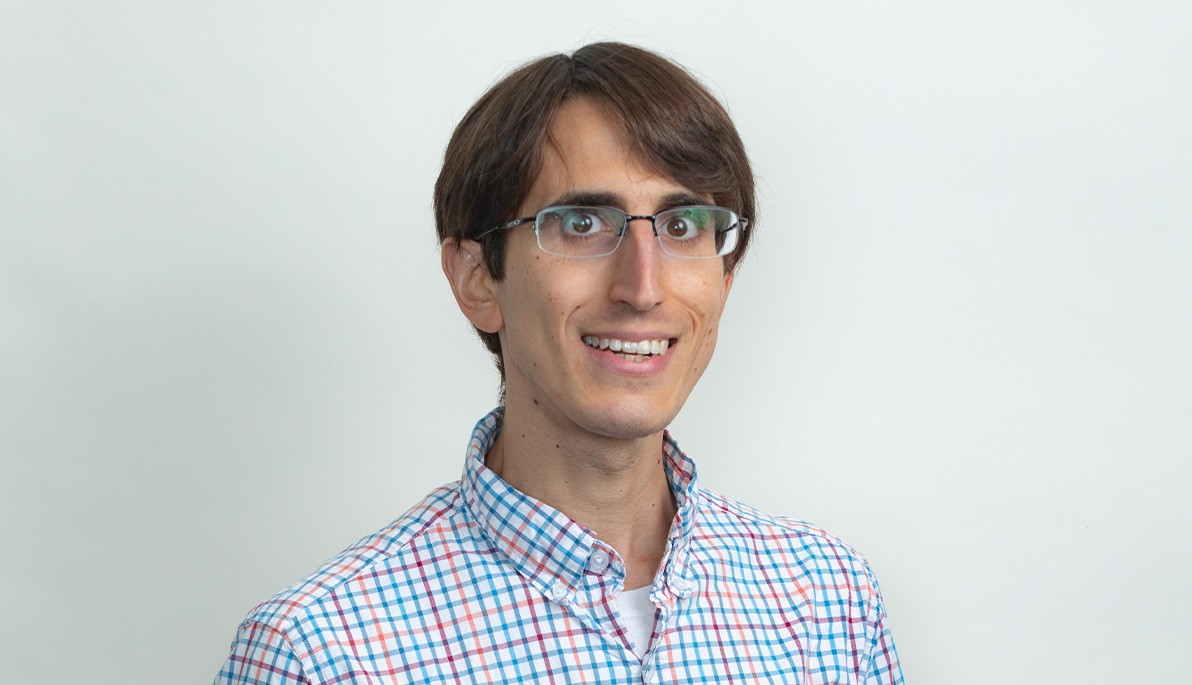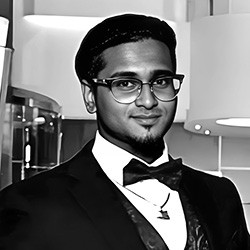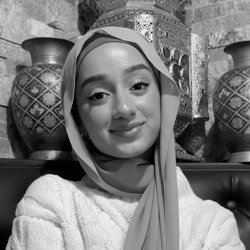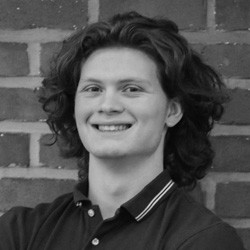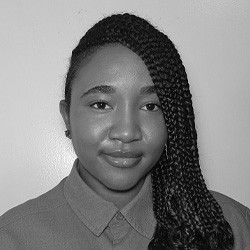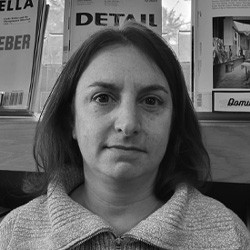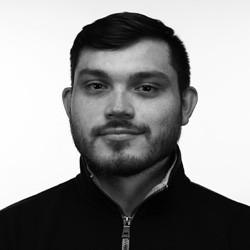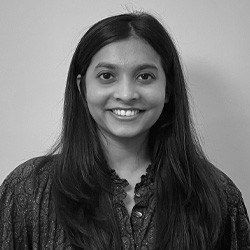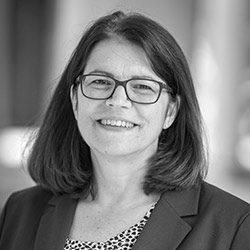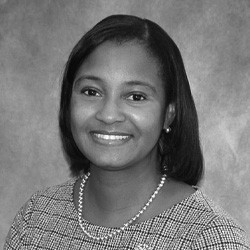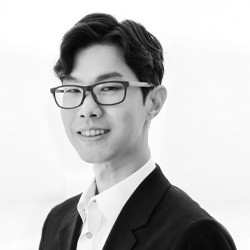The Intersection of Math and Biology
Assistant Professor of Biological and Chemical Sciences William Letsou, Ph.D., found himself in many different environments during his school years—from the East Coast’s Virginia to the West Coast’s Oregon—but one thing always stayed the same: his passion for science.
Before coming to New York Tech’s Long Island campus, where he teaches biostatistics, the computational biologist and epidemiologist worked in St. Jude Children’s Research Hospital’s Department of Epidemiology and Cancer Control, where he developed computational tools to find combinations of genetic variants associated with disease risk.
Letsou spoke to New York Tech News about his journey to New York Tech, his past work, and the research he is performing on the Long Island campus.
Growing up, did you always want to work in science?
I think I always knew I would be some sort of scientist because school was the only thing I was really any good at. A lot of my relatives were scientists, including my great-aunt, who was a chemistry teacher for more than 30 years. I think what drew me to chemistry in college was its close connection with many different fields of mathematics; Organic chemistry was very geometrical, inorganic chemistry was abstract, quantum mechanics was actually linear algebra in disguise, and thermodynamics was really about counting things. I liked seeing how all these cerebral undertakings grew out of observations in the real world, and immediately knew I wanted to go into a branch of science that let me discover new mathematics. When it came to graduate school and beyond, my transition into computational biology was not that much of a surprise since it was a new area rife with mathematical problems we still don’t have a good understanding of.
What was it like to be a researcher at St. Jude Children’s Research Hospital?
Working at a research hospital was a surprisingly different experience from the academic labs I had been in up until that time. Our Department of Epidemiology and Cancer Control, for example, had no formal labs. Rather, the postdocs and faculty teamed up to work on projects that tapped each person’s special expertise. The goal of all the research was to understand contributions to the long-term effects of childhood cancer therapy, many of which have a genetic component that can be leveraged to better inform treatment decisions for future patients. I had a great advisor who encouraged me to pursue my own approach to computational genomics, which at times seemed tangential to the bulk of the department’s research. He taught me the importance of balancing high-risk, high-reward projects with more conventional research in order to maintain my productivity as a scientist.
What brought you to New York Tech?
I wanted to have an impact at a university that is growing its research program. I felt honored that my department was relying on me to become the resident expert in a new field. I have always felt that the most exciting time to be in a new lab, business, or profession is at its conception—the time when one can have the most influence on its trajectory. This is also why I’m excited about teaching and working with undergrads. Science has become so specialized and sophisticated that no single person can perform all the steps of the process by him or herself. With undergrads, however, one has to strip the scientific apparatus of all but its most essential parts and revisit the basics. In doing so, we both appreciate the limits of our technology and, more importantly, generate new insights for how to make it better. So far, New York Tech has proven the ideal place for me.
Tell us about your research.
My research is in the area of genetic association studies, a set of tools for explaining and predicting people’s predisposition to disease based on the alleles (variant forms of a gene) they carry at thousands of locations throughout the genome (their full genetic makeup). I’m currently applying statistical pattern-mining techniques to study how rare haplotypes, variants inherited together on a single chromosome, influence disease risk.
More broadly, my research explores how combinations of variants working together could tell us more about disease risk than variants could considered one by one. The problem, however, is that there is such a vast number of combinations that we need the power of multiple computers working together, also known as parallel computing, in order to study them.
Are students involved in your research?
New York Tech has recently partnered with the National Institute of Health’s (NIH) All of Us Research Program, a project aimed at collecting genotype (set of genes) and phenotype (observable traits) data from hundreds of thousands of individuals of all different ethnicities across the United States. My students and I are going to look into this data for genetic variants that better predict disease risk in populations that have been left out (mainly for statistical reasons) of most association studies to date. This will not only be a great opportunity for students to learn the skills required in bioinformatics or any computational field, but a chance to make meaningful contributions toward alleviating healthcare disparities.
How can computational biology help expand our understanding of diseases like breast cancer?
Diseases like breast cancer are said to be “complex,” meaning there is no single genetic mutation that causes them. The role of computational biology so far has been to find the cumulative effect of thousands of common polymorphisms, variants that some fraction of the population carry, on disease risk. Basically, the more polymorphisms you carry, the higher your risk of developing certain diseases. However, genetics can only explain a certain fraction of our disease risk. And while we can incorporate other risk factors, such as age, sex, and ethnicity, into the model, there will still be some risk unexplained. The task of computational biology is to find what is missing—have we failed to collect some important data, or are we just not thinking correctly about the data we already have?
This interview has been edited and condensed.
